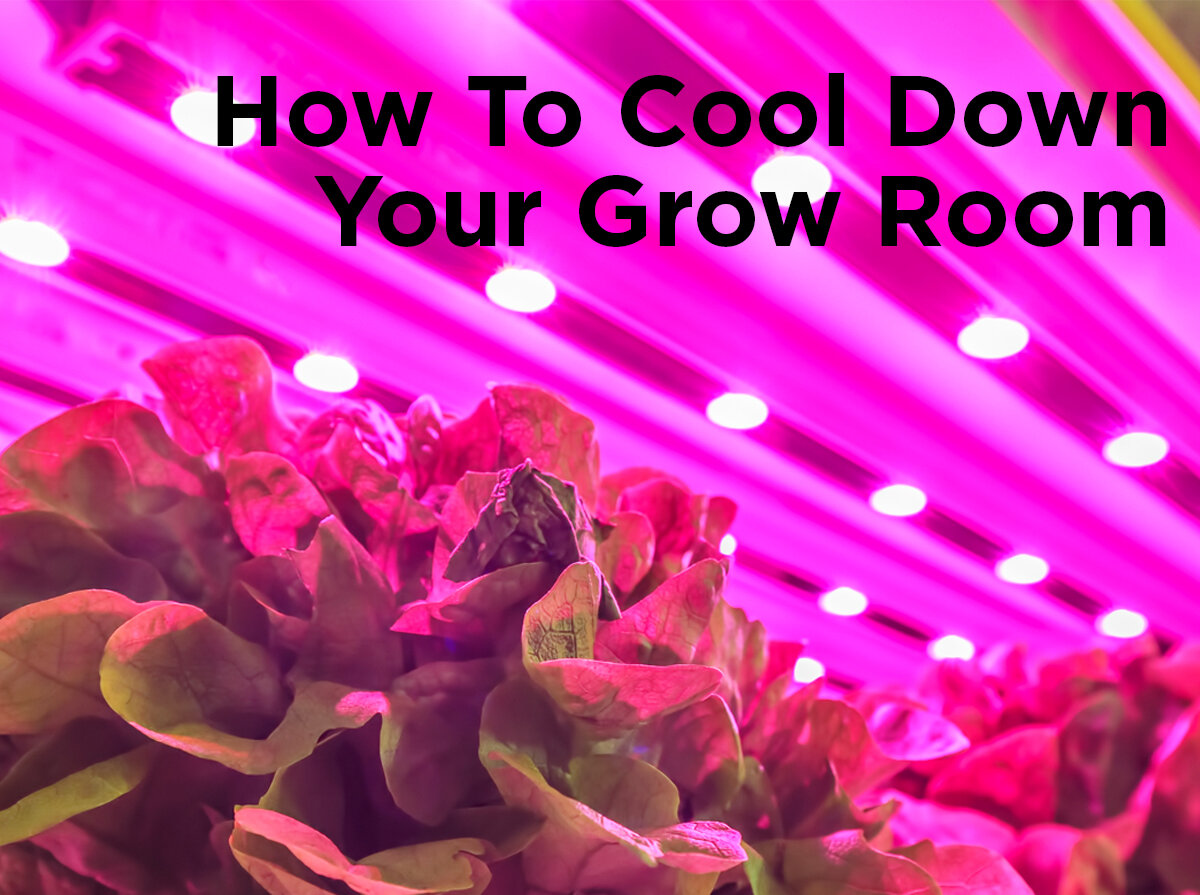Temperature Differential (DIF) Technique
All plants grow at different rates based on soil and food supply. Nutrition and climate can also affect the size of plants, giving you more or less space to work within. Agricultural chemicals like plant boosters are used to artificially encourage or discourage growth, but it’s possible to get the same results by simply managing your plants’ lighting and temperature through temperature differential (DIF) control. By creating a temperature difference between the night and day grow cycles you can effectively control the size and yields of your plants. When it comes to numbers, the DIF value is created by subtracting the average night time temperature from the average day temperature. So a -DIF value has a warmer night, while a +DIF value has a warmer day. A difference in temperature of 5 to 10 degrees Fahrenheit is typically ideal for getting a response from your plants.
Benefits of DIF Control
Greenhouses and grow-tents are space-limited, so having very leggy plants with long stalks means less plants in your garden. This is especially important for vertical grow-houses where short plants are necessary for efficient use of space. Shorter plants allow for more levels and a higher overall yield in vertical farming.
By the same token, if you grow plants in a cycle, encouraging and discouraging growth can help you stagger the maturation rates of your plants so they reach the blooming stage at different times. Staggered plant cycles are useful in resource-limited environments where you can only handle a set number of plants per development stage. This allows you to keep some of your plants in the grow stage while letting others proceed through the bloom and flowering stages. As an added bonus, this means multiple harvests or flowerings throughout the season.
Additionally, if you’re growing plants indoors or outside of the standard day-night cycle (e.g. growing plants which need longer daylight hours during the winter, or growing day-time plants at night to save on cooling costs during the summer) you’ll want to match the ambient temperature of your grow room or greenhouse to the day cycle triggered by your grow lamps for the proper DIF response. Giving your plants all the light they need during the night might stunt their growth by triggering a -DIF state if it’s colder during their “day” cycle due to reduced ambient temperatures at night.
How Does DIF Control Work
The peak day and night time temperatures influence plant growth by triggering cell elongation to increase the size of the plant. As a general rule, when it’s warmer during the night, plant growth is stunted and the stalk doesn’t stretch. By keeping plants warmer at night, you can slow their growth. Likewise, by ensuring warmer temperatures throughout the day, you can promote rapid growth for larger plants and quicker yields.
However, heating your plants all night or trying to cool them throughout the day can be pretty tricky depending on the season and where you live. Plants can be fooled into reacting to a -DIF by cooling the grow room down for 2-3 hours at dawn. Automatically cooling the room by 10 degrees half an hour before the sun rises, and keeping it cooled for 2 hours will trick the plant into reacting to a -DIF situation and help to limit stem growth to keep plants short.
On the other hand, if you’re having issues with stunted plants and want to improve the rate of growth in your garden, you can improve cooling throughout the night and keep your plants warmer during the day for a +DIF that will trigger cell elongation giving your plants faster growth and longer stems.
Differential temperature is a very easy and efficient way to control plant size and growth. It doesn’t require expensive and worrisome chemicals or synthetic suppressants, and you can create an automated system to control and monitor and the temperature using timers and your existing ventilation. All in all it’s a pretty easy way to improve your greenhouse grown plants during any season. What do you think? Have any experience with DIF control you’d like to share? Leave us a comment below or send us a message through Facebook, Twitter, LinkedIn, Pinterest, or Instagram!







